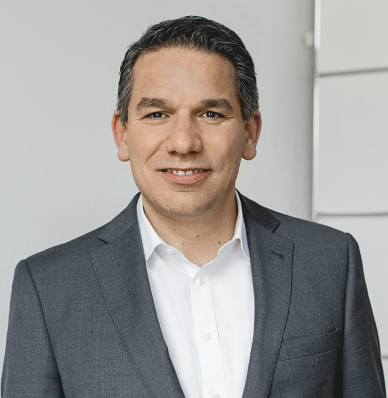
Purchasing
What Is the Optimization of Your Purchasing Processes All About?
The operational purchasing process is a core process in every company. It encompasses all process steps, from determining requirements and planning to receiving and paying for goods or services. A comprehensive purchasing process controls the flow of information, goods/services and liquidity between the company and its suppliers.
In particular, process standardization and the right degree of automation ensure smooth integration between suppliers and demand drivers in the company. By avoiding process waste, faster provision of goods and services, and lower overall supply chain management costs, your supply chain will benefit from increased competitiveness.
Optimize your purchasing processes and efficiently align your target projects, strategy, and structures in procurement to fully exploit your savings potential in purchasing.
What Are the Goals of Optimizing Your Purchasing Processes?
What Benefits Do You Achieve by Optimizing Your Operational Purchasing Process?
- Reduction of lead times: An optimal purchasing process solves existing bottlenecks in the entire purchasing organization and the internal procurement process. Reducing media discontinuities and guided workflows relieve the responsible schedulers or purchasers. By shortening the processing time of incoming invoices, you can generate savings through increased cash discounts and save valuable resources.
How Does HÖVELER HOLZMANN Go About Optimizing Purchasing Processes?
Typically, we proceed in three steps:
1. Analysis of the process flow: Only a detailed recording of the actual process creates the necessary transparency for the targeted optimization of your purchasing process. The analysis includes a detailed recording of the process flow, including all persons and systems involved in the process. Based on methodical evaluations, throughput times and personnel expenses can be quantified for each process step. Based on accompanying interviews and workshops, optimization potentials for your company are derived.
2. Concept development: In the second project phase, processes and workflows are redesigned, and the necessary measures are developed. We work closely with your employees and jointly develop individual concepts. In this way, we create acceptance and motivation for the change of processes in the company. In addition, a detailed implementation plan for designing new procedures and processes is drawn up for guidance.
3. Implementation: During implementation, process-related and IT-technical changes often have to be carried out. We support you in the necessary change management. Only a clean performance guarantees the long-term success of such projects.
HÖVELER HOLZMANN - a valantic company
Bahnstraße 16
40212 Düsseldorf
Tel.: +49 (0) 211 - 56 38 75 - 0
Fax: +49 (0) 211 - 56 38 75 - 69
Mail: info@
Get in Touch with Us:


